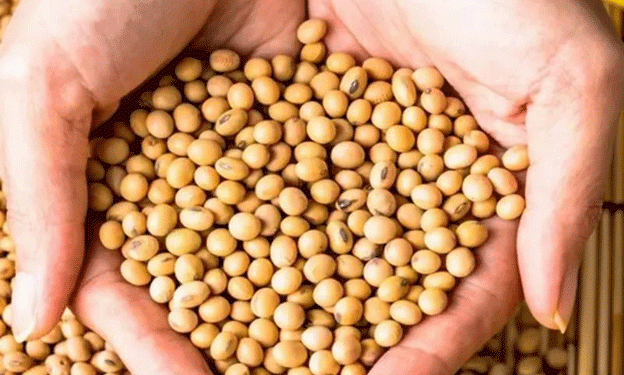Russia’s legume sector, a critical part of its agricultural landscape, is expected to continue its upward trajectory in 2024, despite poor weather conditions. This announcement was made by the Russian Minister of Agriculture, Oksana Lut, during her speech at the “Made in Russia” forum. The minister emphasized that legumes—particularly peas, chickpeas, and lentils—are set for further production growth, which aligns with the government’s plans to significantly expand output through 2030.
According to Rosstat, Russia’s official statistics agency, the country produced 5.954 million tons of legumes in 2023, marking a 29.3% increase compared to 2022. Peas accounted for the bulk of this production, with 4.717 million tons produced, reflecting a remarkable 30.5% rise from the previous year. Chickpeas and lentils also saw notable increases, with 702,840 tons of chickpeas (+29.8%) and 345,030 tons of lentils (+28.4%) produced in 2023.
These robust numbers are particularly striking given the adverse weather conditions that have affected many agricultural regions in Russia. Yet, legume crops have demonstrated resilience, thanks in part to their adaptability and drought resistance. Peas, chickpeas, and lentils are all high-protein crops that play an essential role in both local food security and global food markets, particularly as the world increasingly seeks plant-based protein alternatives.
Russia’s long-term strategy aims to bolster legume production further through improved agricultural practices, expanded acreage, and investments in technology and infrastructure. This expansion is driven not only by domestic demand but also by the growing global need for protein-rich crops. Legumes are a key player in sustainable agriculture due to their ability to fix nitrogen in the soil, which improves soil fertility and reduces the need for chemical fertilizers.
The growth in legume production aligns with a broader global trend where pulse crops are becoming an essential part of both human and animal diets, owing to their high protein content, nutritional benefits, and lower environmental footprint compared to traditional meat sources. With the global market for plant-based proteins projected to grow at a compound annual growth rate (CAGR) of 8.4% through 2031, Russia’s increased focus on legume cultivation positions it well to meet both domestic and international demands.
Russia’s legume sector continues to show remarkable resilience, even in the face of unfavorable weather conditions. With significant increases in production and plans for long-term expansion, the country is positioning itself as a key player in the global market for high-protein crops. As the demand for plant-based proteins rises, Russia’s strategy of investing in legume production will not only benefit its domestic agricultural economy but also help meet global food needs sustainably.
Error




